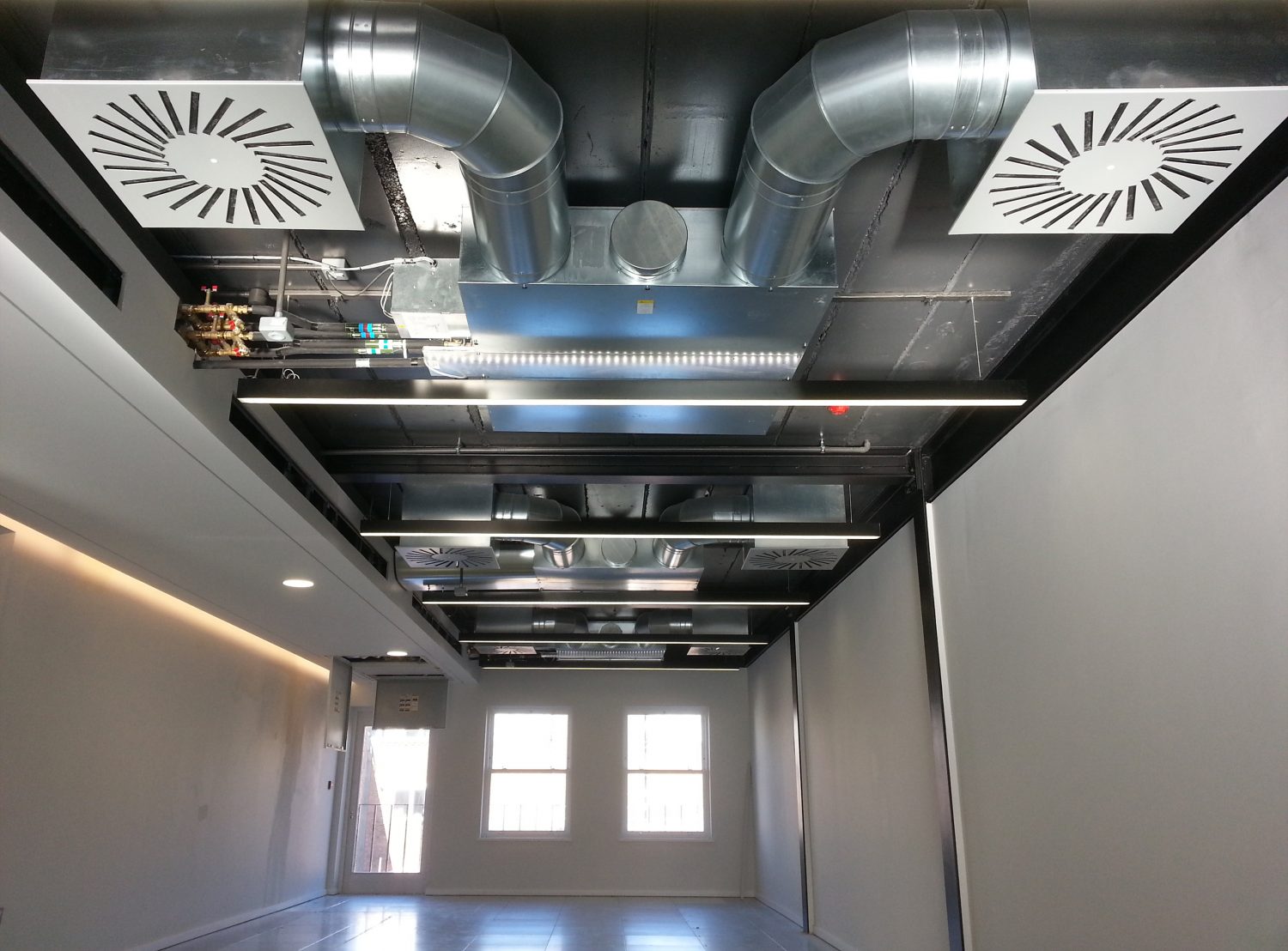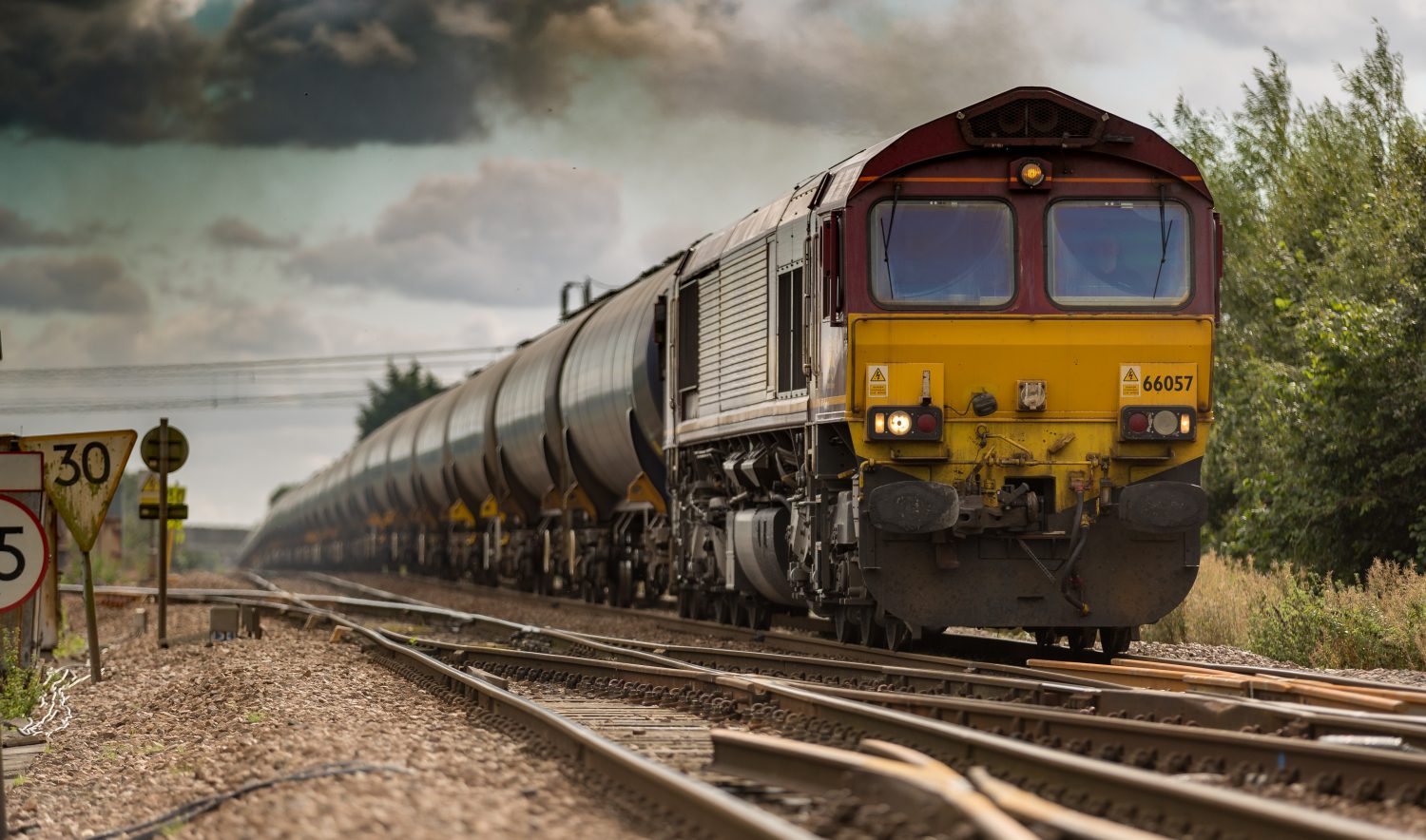Stainless steel is an increasingly popular material for a wide range of uses including air ducts. This is due to its versatility and other useful properties it has for that environment. In this guide, we’ll be looking at the benefits of stainless steel fabrication in air ducts. As well as their importance in specific applications that require high performance and other key features.
Why stainless steel for air ducts?
Stainless steel isn’t the only metal that can be used for air ducts, but it is certainly the most popular. Ducting is often installed for odour extraction, fume extraction, and dust extraction. This can be in very hot and humid environments and in order to successfully transport the air out of the system. The metal being used needs to be able to withstand heat and resist corrosion for a long period of time.
This type of steel ticks these boxes which is why it is so popular. In addition, it tends to be the go-to metal for areas that are rich in air compounds. That could be damaging to traditional metal options like galvanised steel. With its ability to effectively perform in hazardous spaces where corrosion is extremely likely. Stainless steel has become the top choice for engineers creating air duct systems.
What are the benefits of stainless steel air ducts?
Long term cost effectiveness
Even though stainless steel can come at a slightly higher price in comparison to the likes of galvanised steel and aluminium. It will pay for itself over and over in the long term. This is because of its durability and quality to work in challenging environments both indoors and outdoors.
You will find with stainless steel that it gets rid of the need for replacements and expensive maintenance and repairs over the years. It will save you time and money in the long run to spend a bit more at the start on stainless steel fabrication work for your ducting system.
Easy fabrication process
Another factor that makes stainless steel the ideal material for air ducts is it’s easy to fabricate to the requirements of ducting systems. By comparison, aluminium is quite malleable which makes it challenging to manufacture and install. Even with the specific welding techniques it requires. Not only that, but the end cost for aluminium air ducts will also be higher than stainless steel once you have factored in the extra time and work involved.
Keeping its strength in extreme temperatures
One reason why stainless steel works so well for air ducts and can last a long time is because of its strength in extreme temperatures. It won’t change shape or deteriorate in any way when faced with especially high or low temperatures. Which is relevant to many key sectors that operate in this way.
Impressive corrosion resistance
We mentioned it briefly above, but the benefit of stainless steel’s corrosion resistance cannot be understated. If you consider the applications air ducts are often used for, like in the food industry or pharmaceuticals. It involves a lot of contact with damaging substances such as salt which would be incredibly destructive to many metals. Stainless steel is more than capable of maintaining its quality against not just corrosion. But also, the abrasive texture of the substances that need to be ventilated and doing so in large volumes of air.
Environmentally friendly
As many industries strive to reduce their carbon footprint and become more eco-friendly, stainless steel air ducts play a key role in achieving this. It is fully recyclable so when the ducts can no longer be used, they won’t take up space in landfills. And they can make a big difference in trying to reduce energy consumption. Also, ductwork made from stainless steel won’t develop any condensation or moisture from the air passing through it. This means there won’t be an opportunity for mould to grow and so provides the perfect solution for industries using duct systems for air conditioning where moisture is drawn out of the air.
What are the main applications for stainless steel air ducts?
There are many industries and businesses that utilise stainless steel ductwork including:
- Food/beverage processing
- Nuclear industry
- Waste and energy from waste
- Chemical processing/pharmaceutical industry
- Waste water equipment
- Anaerobic digestion
Conclusion
Hopefully, this guide has given you a better understanding of the important role stainless steel plays in air duct fabrication. Of course, there will be instances where other materials might be preferable or more suitable for example in smaller scale commercial businesses. However, if you work in a large-scale facility and need extensive ducting for hostile spaces, stainless steel is likely to be the best option for you.
The team at FEM are specialists in high quality steel fabrication in Sheffield – so no matter the needs of your project we can work to you and supply fabricated metal that meets your exact requirements. Contact us today to discuss your needs and find out how our metal fabrication services can benefit you.

